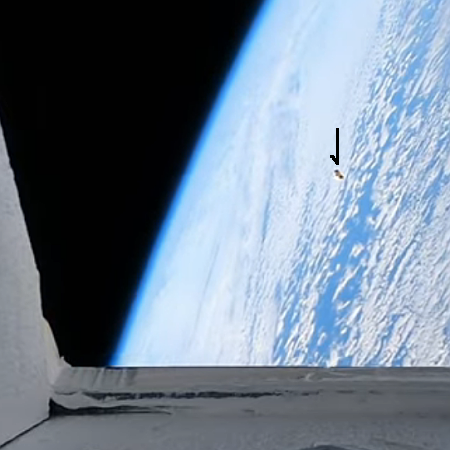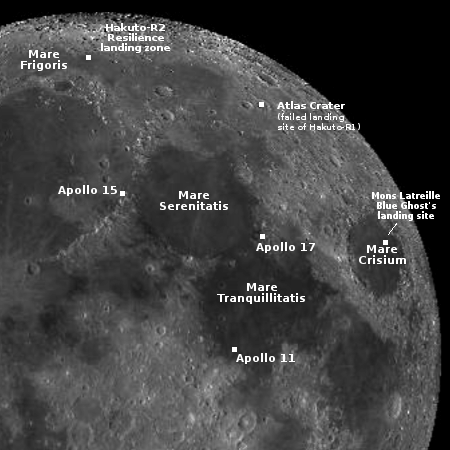Two launches last night, by China and Rocket Lab
The high pace of rocket launches this year continued last night, but in a rare exception this time it had nothing to do with SpaceX.
First, the Chinese pseudo-company Landspace successfully placed six radar satellites into orbit, its upgraded version of its Zhuque-2 rocket lifting off from the Jiuquan spaceport in China’s northwest.
No word on where the rocket’s lower stages crashed inside China. Unlike its larger Zhuque-3 rocket, which has not yet flown but is being designed as a copy of a Falcon 9 with its first stage able to return to Earth vertically, the Zhuque-2 has no such ability.
Next, Rocket Lab successfully placed a commercial radar satellite into orbit, its Electron rocket lifting off from one of the company’s two launchpads in New Zealand. This launch was the third by Rocket Lab for the satellite company iQPS, and is the second in an eight-satellite launch contract with the company.
The leaders in the 2025 launch race:
59 SpaceX
27 China
6 Rocket Lab
5 Russia
SpaceX still leads the rest of the world in successful launches, 59 to 45.
The high pace of rocket launches this year continued last night, but in a rare exception this time it had nothing to do with SpaceX.
First, the Chinese pseudo-company Landspace successfully placed six radar satellites into orbit, its upgraded version of its Zhuque-2 rocket lifting off from the Jiuquan spaceport in China’s northwest.
No word on where the rocket’s lower stages crashed inside China. Unlike its larger Zhuque-3 rocket, which has not yet flown but is being designed as a copy of a Falcon 9 with its first stage able to return to Earth vertically, the Zhuque-2 has no such ability.
Next, Rocket Lab successfully placed a commercial radar satellite into orbit, its Electron rocket lifting off from one of the company’s two launchpads in New Zealand. This launch was the third by Rocket Lab for the satellite company iQPS, and is the second in an eight-satellite launch contract with the company.
The leaders in the 2025 launch race:
59 SpaceX
27 China
6 Rocket Lab
5 Russia
SpaceX still leads the rest of the world in successful launches, 59 to 45.







